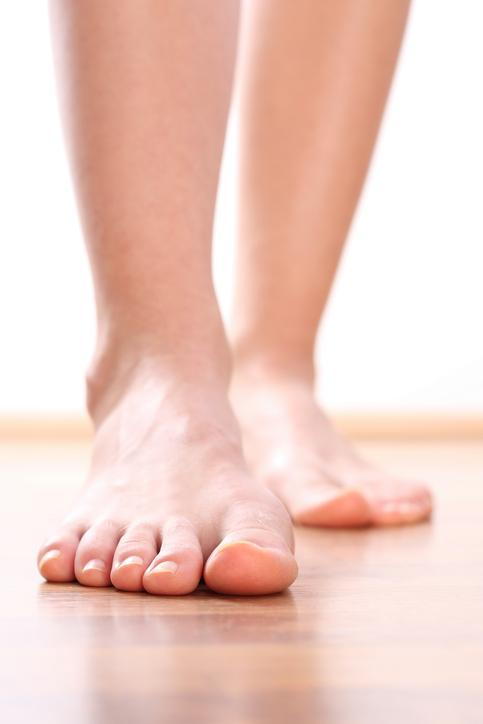Diabetes and Your Feet
posted: Apr. 24, 2017.

It is common in people who have diabetes to have foot problems. If you have diabetes, you might have heard that there is a possibility to lose a leg, toe or foot. Fortunately, you can lower your chances of having foot problems related to diabetes by taking care of your feet on a daily basis. You can also keep your feet healthy by managing your blood sugar.
There are two problems caused by diabetes that can affect your feet:
Diabetic Neuropathy
This happens when uncontrolled diabetes damages your nerves. If you have damaged nerves in your feet and legs, there is a possibility that you do not feel heat, cold, or pain – this is called ‘sensory diabetic neuropathy’. If you do not feel that something is wrong with your foot, the cut or sore could get worse and become infected over time. The muscles of the foot might not function properly. This can also cause the foot to not align properly or create too much pressure in one area. Foot ulcers can also occur due to nerve damage and peripheral vascular disease.
Peripheral Vascular Disease
Diabetes affects the blood flow. Without good blood flow, a sore or a cut takes a longer time to heal. Poor blood flow in one’s arms and legs is called ‘peripheral vascular disease’. It is a circulation disorder that can affect blood vessels away from the heart. If you have an infection that does not heal because of poor blood flow, you could become at risk for developing ulcers or gangrene – death of tissue due to lack of blood.
What can you do to keep your feet healthy?
It is important to have a healthcare team at this time to make a diabetes self-care plan. This plan will include an action plan to manage your diabetes. A foot care plan is also essential and Sheldon H. Nadal, DPM can definitely help you create the best one for you.
Check Your Feet Every Day
You might be having foot problems, but there is a possibility that you are feeling no pain in your feet. Checking your feet on a daily basis can help you spot any problems early before they get worse. Each evening, when you take off your shoes, make it a point to check your feet and the areas between the toes. If you have trouble bending over to check your feet, you can use a mirror to see them, or you can also ask someone else to look at your feet.
Look for problems such as:
- Sores, cuts, or red spots
- Ingrown toenails
- Swelling or fluid-filled blisters
- Corns or calluses
- Plantar warts
- Warm spots
- Athlete’s foot
For any foot problems that you want to discuss more thoroughly, set up an appointment with Sheldon H. Nadal, DPM today.